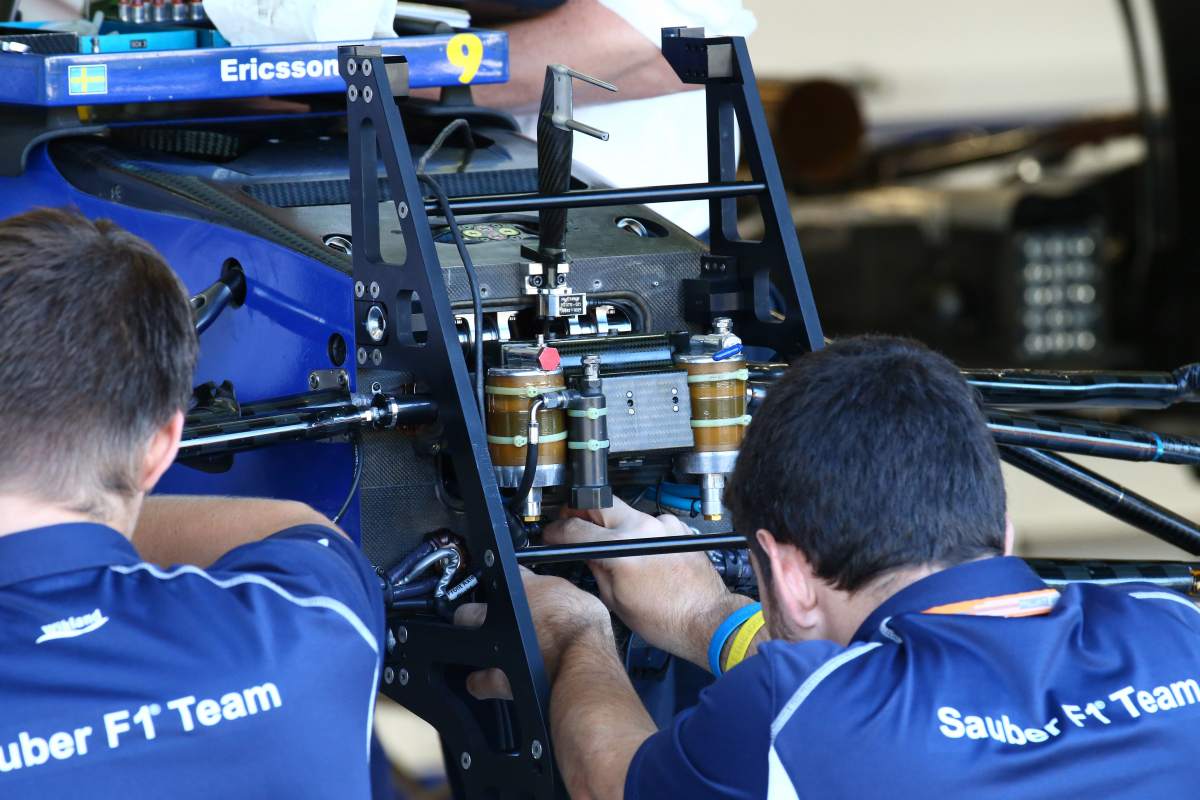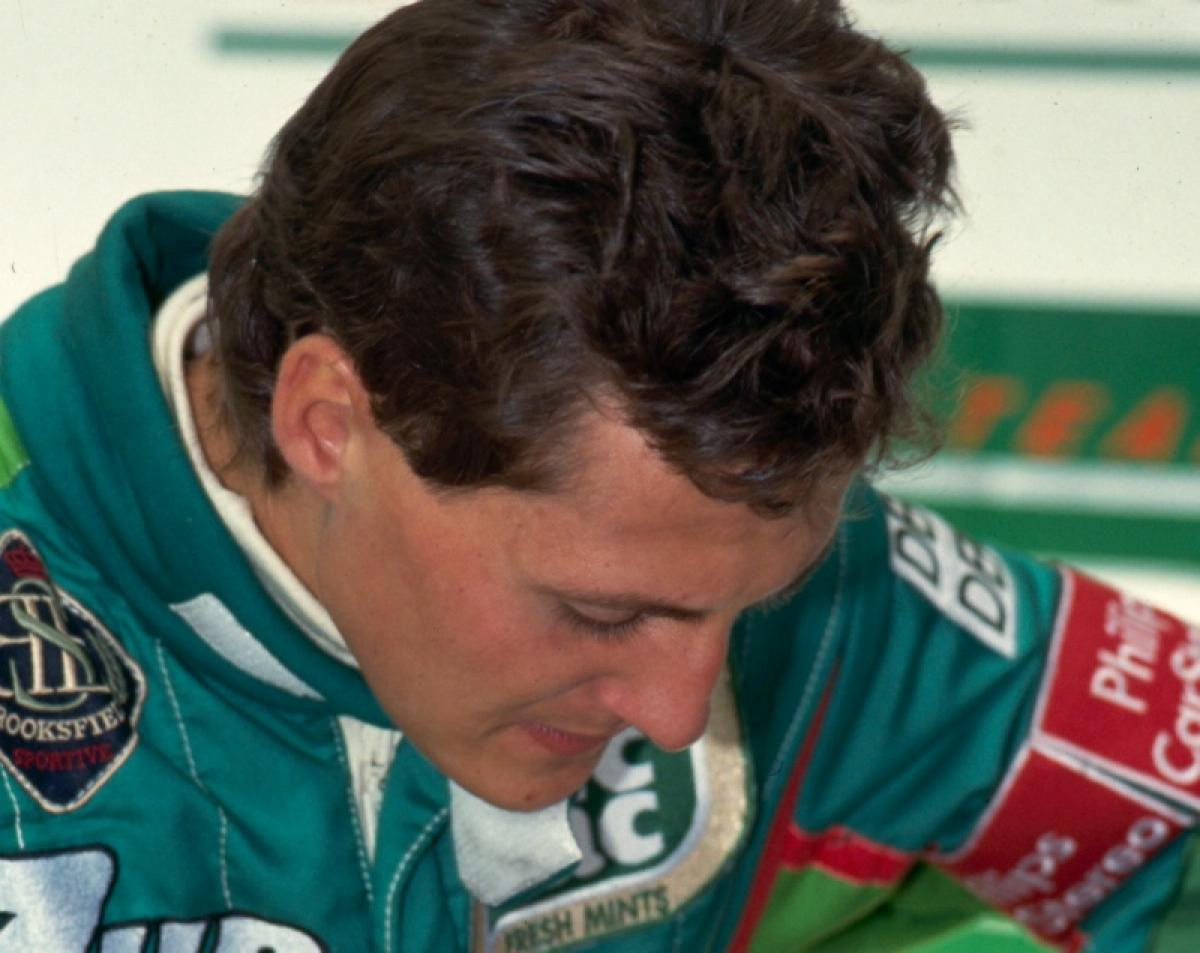F1 Belgian GP: When F1 fell out of love with the Belgian GP

By Ollie BarstowFollow @OllieBarstow on Twitter
It only takes a quick straw poll of F1 drivers - both past and present - to get an understanding of just how revered Spa-Francorchamps is amongst the faithful.
Ask 'why do you think Spa is so special', and words like challenging, enthralling and exhilarating are returned, the responses as impassioned as any you are likely to receive from those fortunate enough to have tackled the hallowed Eau Rouge, Radillon or Blanchimont.
Indeed, Spa-Francorchamps and Belgium is to F1 what the Maracana and Brazil are to football but while the iconic venue can trace it roots back to the very early days of F1 - right back to a pre-war era -, it's easy to forget it hasn't always found favour with the powers that be.
 |
| Fast but fearsome, the original 9 mile Spa-Francorchamps was pushing F1's limits for safety when it was dropped at the end of the 60s |
In fact, Spa has been forced to cede hosting duties to two Belgian venues over time but while many remember Zolder - which held 10 Belgian GPs between 1973 and 1984 and is infamously etched in F1's consciousness as the tragic scene of Gilles Villeneuve's fatal crash -, most have forgotten, or simply blotted out, the two occasions the sport's brightest and best visited Nivelles in 1972 and 1974.
Located 40km from the Belgian capital Brussels, Nivelles was for all intents and purposes the antithesis of Spa-Francorchamps... but then, it was supposed to be.
Spa for all of its thrills had reached a tipping point for F1 by the end of the 1960s. Fast and fearsome, the rural roads may have been dubbed the ultimate drivers' circuit but as the speeds of the cars increased, the precarious margin for error became dangerously slim, with serious accidents becoming an unnerving par for the course.
At a time when a more business-minded F1 was turning towards safer and more commercially viable purpose-built venues, the increasingly archaic Spa-Francorchamps event found itself at odds with this shift and coupled to the reluctance by circuit owners to upgrade the venue's safety standards, it was dropped at the turn of the 1970s.
In its place came Zolder and Nivelles, the two venues rotating hosting duties with the latter making its debut in 1972.
Looking at Nivelles with modern eyes it was a circuit essentially ahead of its time having worked to a 'safety first' ethos that remains alive and well today.
Ahead of its time is, however, as complimentary as commentators would get and even then that would only come decades after it would cease to exist.

Public Domain, https://commons.wikimedia.org/w/index.php?curid=1115476
The difference to Spa-Francorchamps was so stark it was jarring for those laying eyes on it for the first time. Short, featureless, soulless... if F1 had intended to create a direct contrast to Spa, Nivelles was most certainly it. Whilst many at the time will have conceded Spa in its ageing form, for all of its joys, deserved its axe once the rose-tinted spectacles had been removed, on a calendar containing Kyalami, Mosport and the Osterreichring, Nivelles seemed terribly out place.
The brainchild of local businessmen, Nivelles was intentionally conceived as a safer, more standardised alternative to Spa-Francorchamps, albeit one that could attract bigger crowds with its easy-to-reach location and lessen the risk factor.
For many though, Nivelles simply went too far the other way.
At just 3.7km this was a compact circuit by any standard - a third of the size of Spa -, though this is partially explained by the refusal of neighbouring land owners to sell up and allow organisers to create what was originally imagined as a lengthier venue.
With a lap taking around 70secs, the 85 laps clicked away rapidly but there was little gusto in the racing, the broad tarmac and sweeping bends doing little to heighten the pulse.
 |
| Short, flat and wide, Nivelles was the antithesis of Spa-Francorchamps... and won few fans as a result |
With just seven turns, the 'revolver' shaped circuit was pleasantly fast but lacked edge, with drivers complaining there was scant challenge particularly given the width of the circuit allowed for plenty of margin for error. For drivers that cut their teeth testing the limits at the Nordschleife, this was a breed of circuit they had little fondness for.
Interestingly, Nivelles could be regarded as the founding father for the 'run off area', a standard feature of today's venues getting a 1970s trial in the form of wide grass stretches that provided a less punishing and brutal alternative to the walls and trees that typified many of the 1960s venues.
Perversely, this fairly innovative safety feature was largely lost on fans, who instead complained they were perched too far from the action, while drivers were similarly unkind about their experiences behind the wheel. Indeed, far from getting behind his home round, local hero Jacky Ickx bemoaned Nivelles 'safety first' approach as being the unwelcome result of corporate fussing from an F1 becoming increasingly aware of its commercial worth.
First impressions might have been kinder had Nivelles been able to count on the welcome support of Jackie Stewart. The Scot's vocal campaigning against the ageing breed of the uncompromising circuit had contributed to Spa being axed and Nivelles taking its place, but he wouldn't line up for the inaugural race after being sidelined by illness.
 |
| An unlikely pioneer? Large run-off areas were unusual and safe but poorly received by fans and drivers alike |
Far from losing the crowd though, Nivelles was actually relatively well attended on the two occasions it hosted F1. A short, featureless course it may have been, but the upshot was that the action was fairly non-stop, if not terribly enthusing.
Instead, Nivelles brief tenure on the F1 schedule is explained by the familiar mantra of 'financial issues', with the race running into problems after its 1972 debut. With the 1974 event only going ahead after organisers successfully raised enough sponsorship, it wasn't enough to secure Nivelles' international future.
As such, Nivelles quietly lost its 1976 calendar slot never to return as Zolder - despite its smaller crowds - firmed its place for the next decade until a more compact - but no less exhilarating - Spa-Francorchamps' made its triumphant return in 1983. Those that did notice didn't mourn its passing.
Ironically, given the criticism about overt safety, Nivelles - having hosted a handful of domestic two and four wheel events up the beginning of the 1980s - was eventually struck off from the racing bill for safety reasons due to the poor state of the tarmac that had become rutted and pock-marked over the years.
Much like F1, Belgium proceeded to forget about its 'other' circuit over the coming years, Nivelles becoming better known locally for its illegal street races as the surrounding pit building and grandstands decayed. At the turn of the millennium, the Nivelles circuit was partially demolished to make way for a business park that now stands in its place, though enthusiasts have immortalised its memory named simply 'The Circuit' part-way up a home straight now interspersed by roundabouts.
 |
| Nivelles hosted just two Belgian GPs in 1972 and 1974 before hitting problems, with a shorter and safer Spa [pictured] returning for good in 1983 |
Alas, history hasn't been kind to Nivelles. It was unloved from the start, quickly forgotten by F1 and expunged altogether by modern development. That said, perhaps we are looking at this all wrong.
After all, if Nivelles had one redemption, by being anything but Spa-Francorchamps it unintentionally preserved the memory of what came before, ultimately galvanising the movement to get the iconic venue back on the calendar - necessary modifications notwithstanding of course...
Incidentally, Emerson Fittipaldi won both races at Nivelles - each contributing towards his title-winning campaigns of 1972 and 1974. Then again, he never raced at Spa-Francorchamps either. Perhaps having nothing to compare Nivelles too was the key to his success...
Follow @OllieBarstow on Twitter

